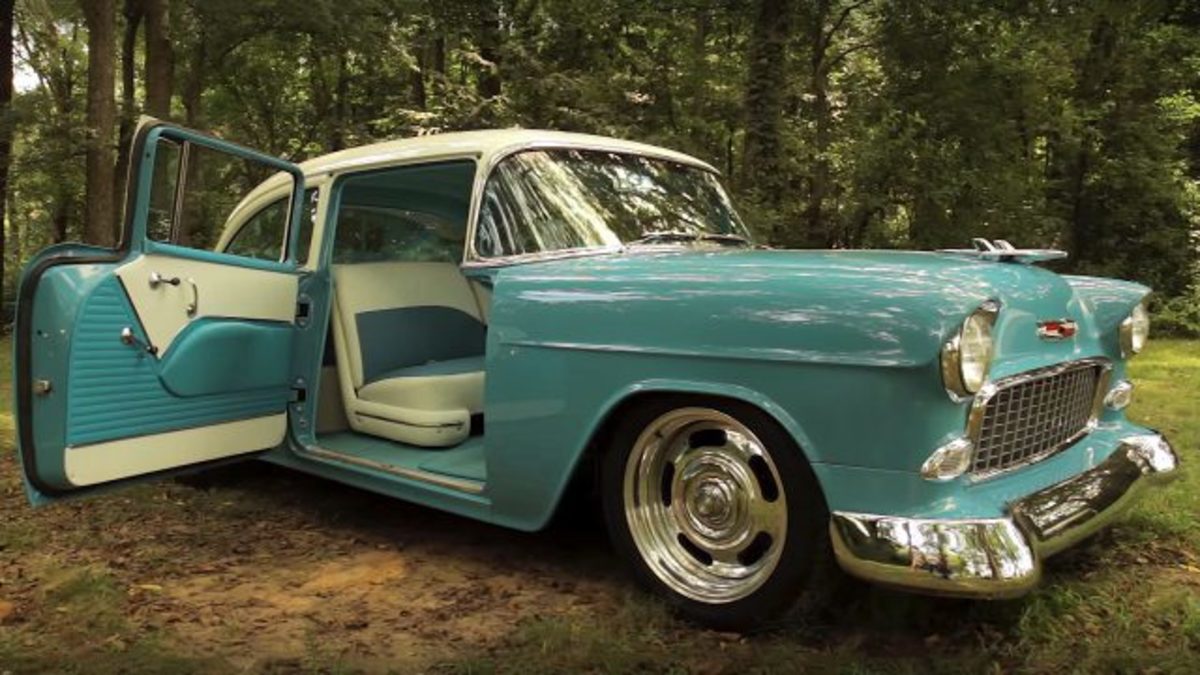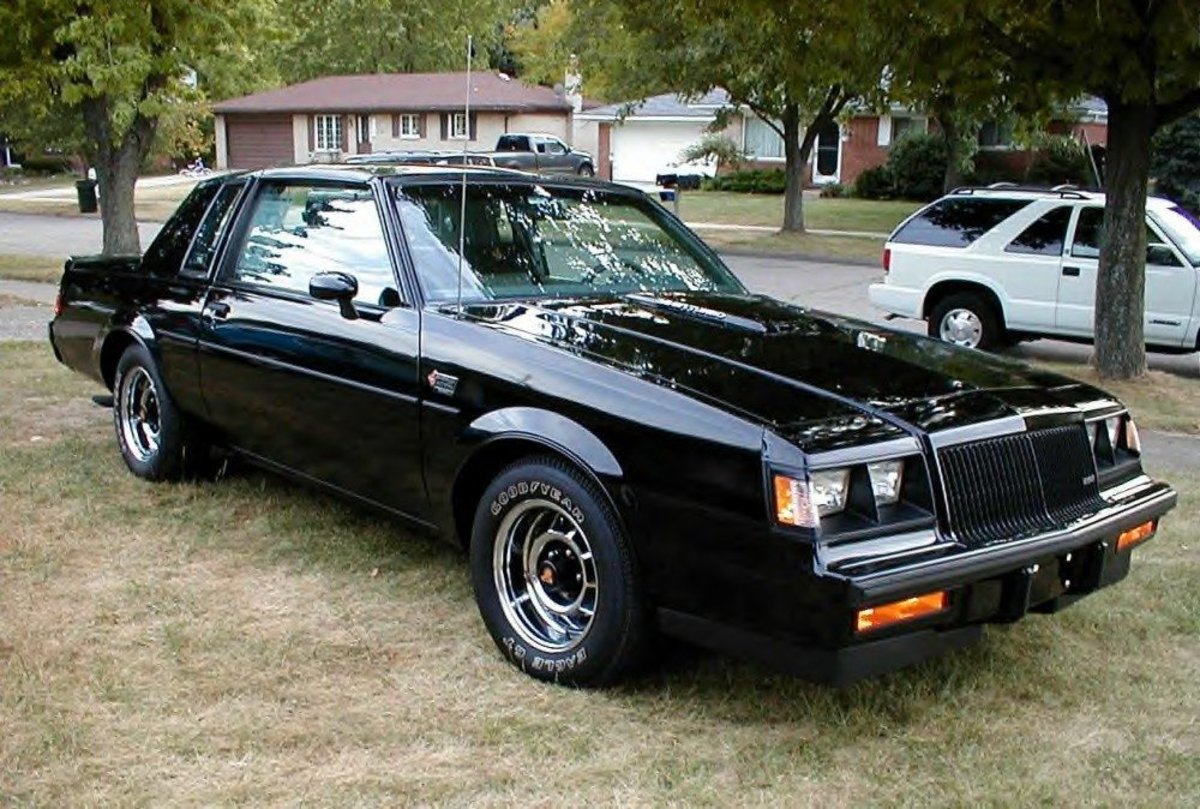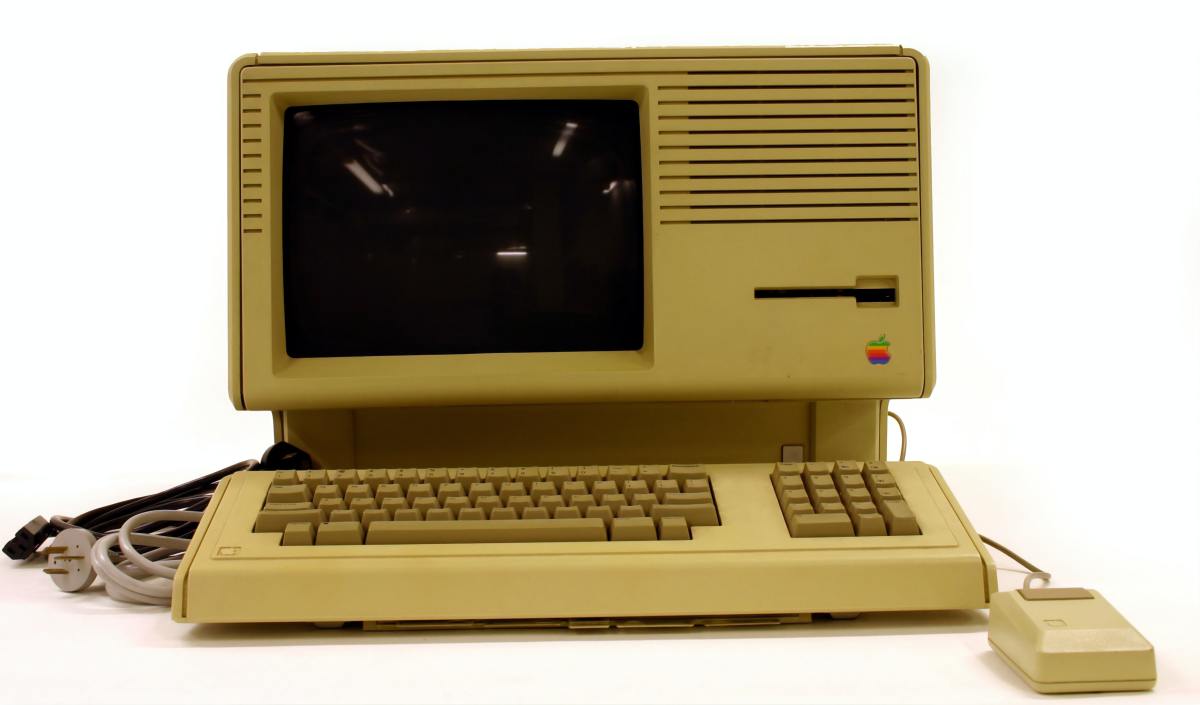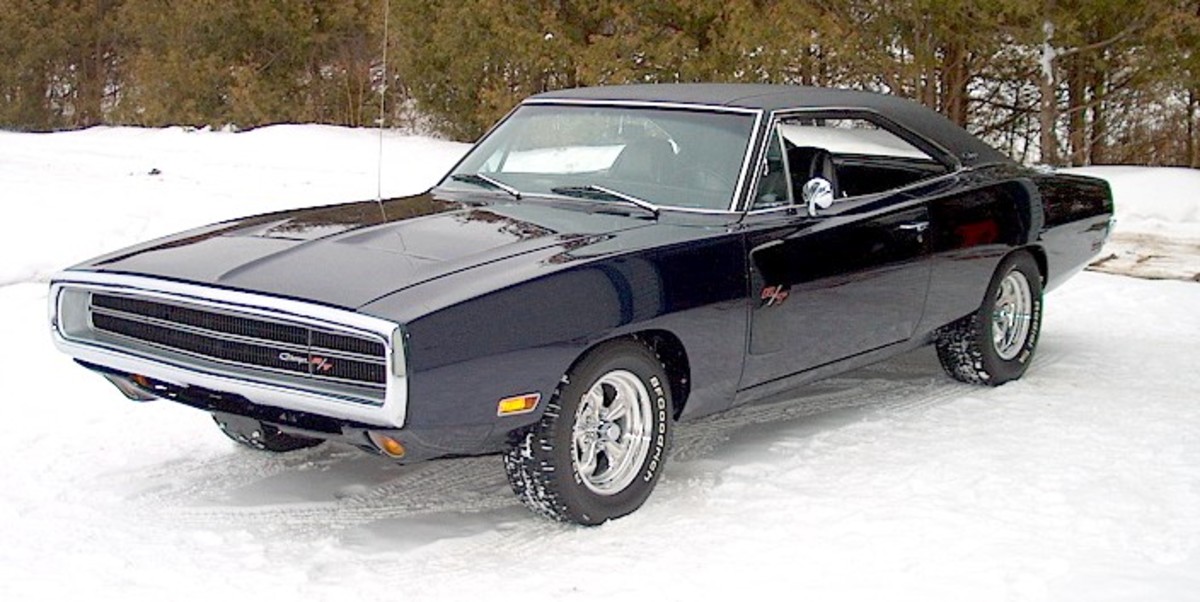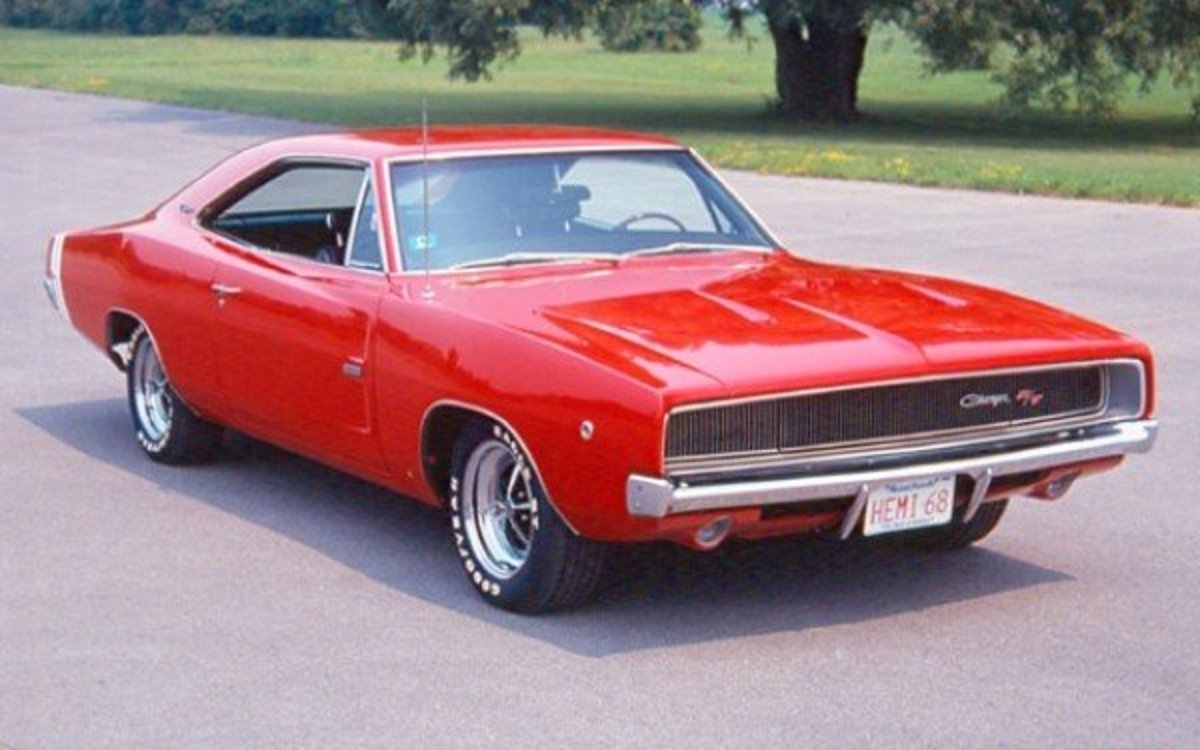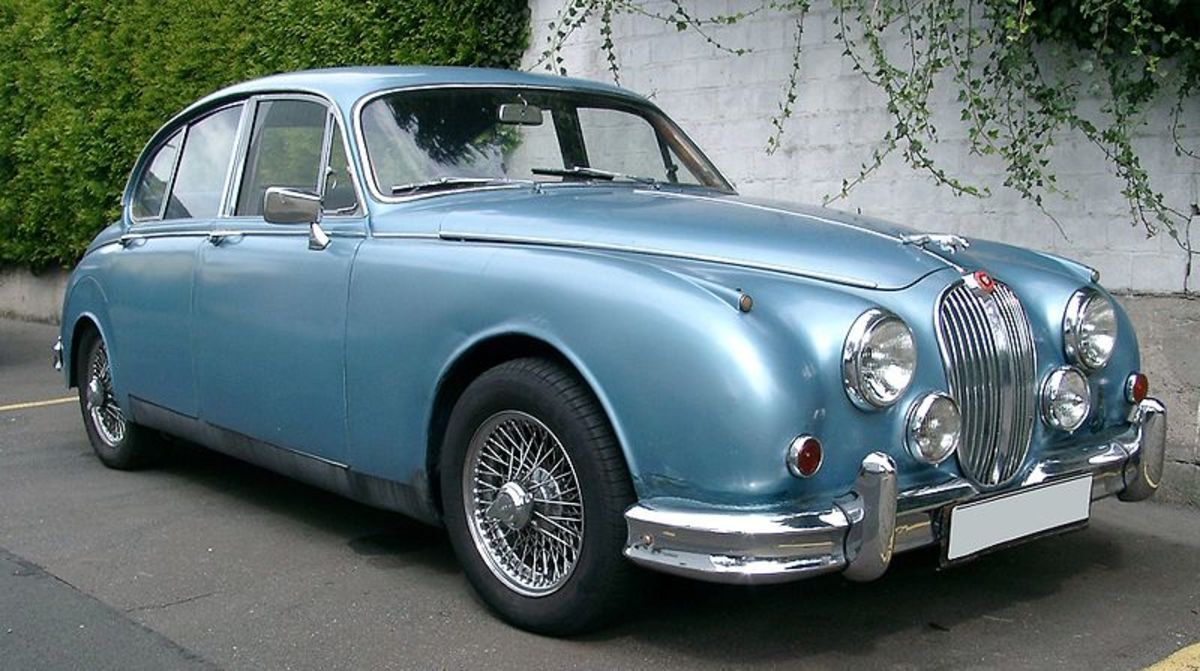Chevy Classic Cars
When the discussion turns to classic Chevy cars, it usually begins and ends with the second generation of Chevy Bel Airs made between 1955 and 1957. These models have become icons. And to the collectors and car enthusiasts who are lucky enough to own them, they're prized possessions. The designs of these cars have stood the test of time and are more sought after than ever.
Chevy Corvettes are always in the discussion when it comes to classics and we could debate all day about which model years were the best or most classic.
Below I have some photos and thoughts about the 1956 and 1957 Chevy Bel Airs and also the 1957 and 1958 Corvettes. Enjoy!
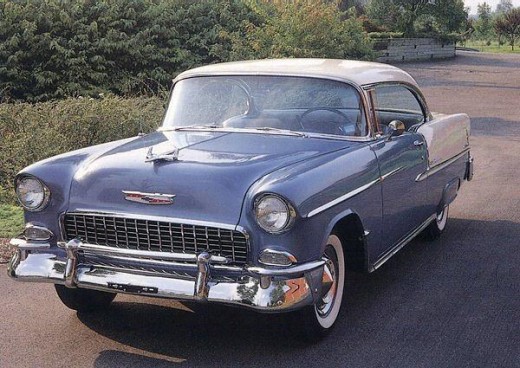
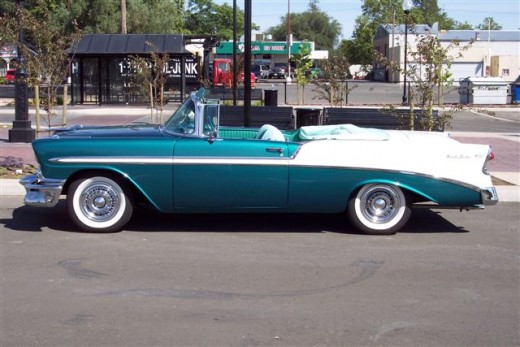
Chevrolet Bel Air
The Chevrolet Bel Air is a full-size car produced by the Chevrolet division of General Motors. In the first generation of the Chevy Bel Air (1950–1954) Chevrolet came up with a revolutionary style that would set a pattern for years to come and the second generation (1955–1957) were truly classics.
Second Generation (1955-1957)
Chevrolet enthusiasts designated the newly restyled 1955 model, the "Hot One", thanks in part to its crisp and clean lines. Bel Air also had a V8 option in 1955. The new 265 cu. in. had a two-barrel carburetor and was rated at 162 horsepower. There was also a "Power Pack" option, which featured a four-barrel carburetor that produced 180 hp.
Chevy styling was revised again in 1956. The 1956 was 2-3 inches longer even though the height and wheelbase stayed about the same as the year before. This added length and the addition of new trim made the 1956 Bel Air look more streamlined. Some of the other changes were, a larger front grille, a flatter, longer hood and a newly styled jet plane hood ornament.
The front fenders were broader and a reshaped eyebrow appeared above the headlamps. One of the design ideas I liked was the gas tank access which
built into the taillight housing on the driver side.
The 1956 Chevy also saw the introduction of the pillarless four-door model, called the Sport Sedan and was available in both Bel Air and Two-Ten models. 1956 was a good year for Chevrolet, but the best was yet to come.

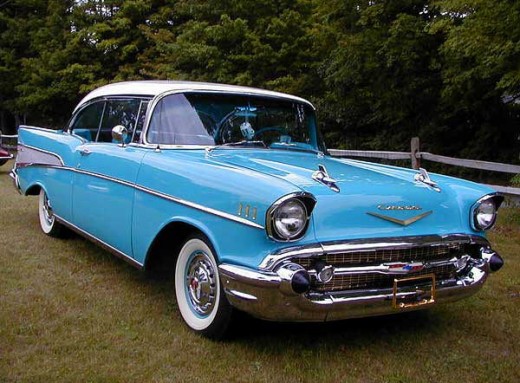
1957 Chevy
GM wanted an entirely new car for 1957, but production issues caused them to go with the 1955-56 design for one more year. The 1957 Chevrolet was introduced in September of 1956.
It was available in three series models, the Bel Air, the 210, and the 150. In 1957 Chevrolet increased the power with its new 283 cu. in. engine and with the help of mechanical fuel injection was able to produce 283 horsepower. These "fuelie" cars were quite rare, however, because most Bel Airs came with standard carburetion.
Some people called the 1957 Chevy "Baby Cadillac" because of many similarities with the Cadillacs of that time. For many reasons, not the least of which were those great tail fins, the 1957 Chevy is an icon and highly sought after by collectors.
1957 Chevrolet Bel Air Hardtop Car Commercial
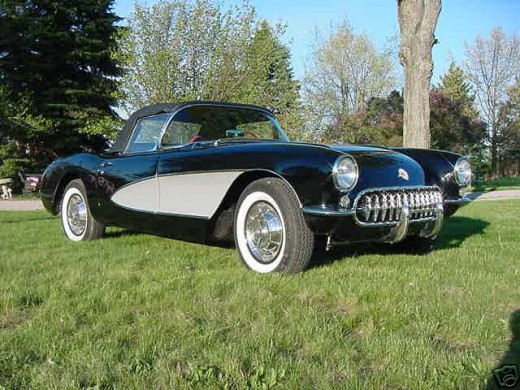
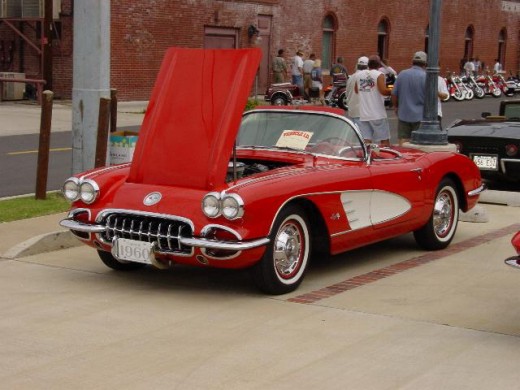
First Generation of Corvettes
The Chevrolet Corvette is an American sports car built by GM. The first model was designed by Harley Earl and introduced in 1953. The first generation of Corvettes were built from 1953 through 1962. These first generation Corvettes were "solid-axle" models since the independent rear suspension did not come into being until 1963 in the Sting Ray.
There were only 300 Corvettes built in 1953 and being hand built, they are not only very rare but also very much in demand. The 1955 Corvette was equipped with an optional 265 cu in V8 engine. A new body style was introduced for 1956 with one of the changes being that the taillight fins were gone. Other options available in 1956 included power windows and a hydraulically operated power convertible top.
More changes for 1957 included the following optional equipment: fuel injection system, four-speed manual transmission, heavy-duty brakes and heavy-duty suspension. 1957 was also the last year for single headlights. The base price for the 1957 Corvette was $3,176 and 6,339 units were made that year. (Of the 6,339 cars that were built that year, only 240 came with Ramjet fuel injection)
The Corvette had more restyling in 1958, both inside and out. Outside, the 1958 was the first year to have dual headlights and bumper exiting exhaust tips. Also, the grille on the 1958 Corvette had only nine teeth compared to thirteen on the 1957 model. 1958 was also the only year to have twin chrome strips on rear deck lid. The interior had a new steering wheel and dashboard with all gauges mounted directly in front of the driver. The base price for the 1958 Corvette was $3,591 and 9,168 units were made that year. The 1959-60 model years had few changes except a decreased amount of body chrome and more powerful engines.
Classic Chevy Poll
What is your favorite second generation Chevy Bel Air?
Other Great Car Sites
- Ford Classic Cars
Ford built some of the coolest classic cars of their day including the Thunderbirds and the always classic Ford Mustang. Please see below for some thoughts and photos on these great cars! - Classic Car Photos
Owning a classic car is great, but a lot of it depends on how serious and/or well funded you are. Please read on to see some thoughts and photos of some terrific Ford, Chevy and Chrysler Corporation classic cars. - Classic Muscle Cars
Please click for some thoughts, photos and videos of three of Chryslers coolest Mopar muscle cars of the day; the Dodge Charger RT, Dodge Challenger RT and the Dodge Coronet RT. - Old Classic Cars
The three classic cars below, the Tucker 48, the Ford Skyliner and Ford Edsel were truly unique and separated themselves from the pack, each for different reasons. Read on to see some info and great photos of these three terrific cars! - Mopar Classic Cars
When I think of classic cars from Detroit and Mopar in the same sentence, these three cars come to mind; the Dodge Polara, the Plymouth Belvedere and the Plymouth Fury. Please read on for some of my thoughts and comments as well as some pretty cool p - Chevy Muscle Cars
Read on to check out photos and information on two of the best Chevy muscle cars of all time, the 1969 Chevrolet Camaro Z28 and the 1970 Chevy Chevelle SS. - Chrysler Turbine Car
The Chrysler Corporation built the Chrysler Turbine Car in a small plant in Detroit, Michigan in 1963. Read on for more info and photos about this rare car! - American Muscle Cars
If you were an American muscle car fan of the 1960s and 1970s, you had a lot to choose from. Check out these great American muscle car photos of the Pontiac GTO, Dodge Super Bee and Ford Mustang Mach 1. - Mopar Muscle Cars
If you were into muscle cars in the late 60's and early 70's, you had a lot to get excited about. Read on to see some great photos and check out some of the coolest Mopar muscle cars of that era.

